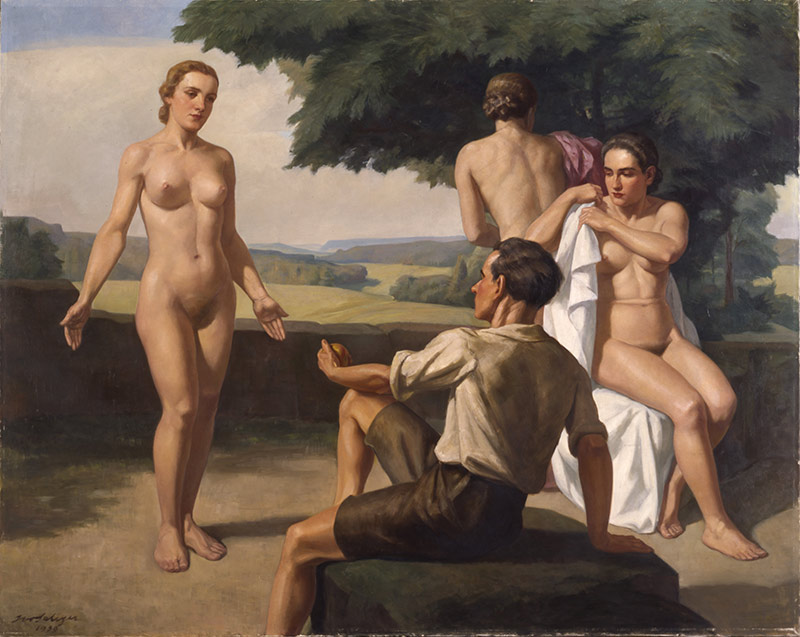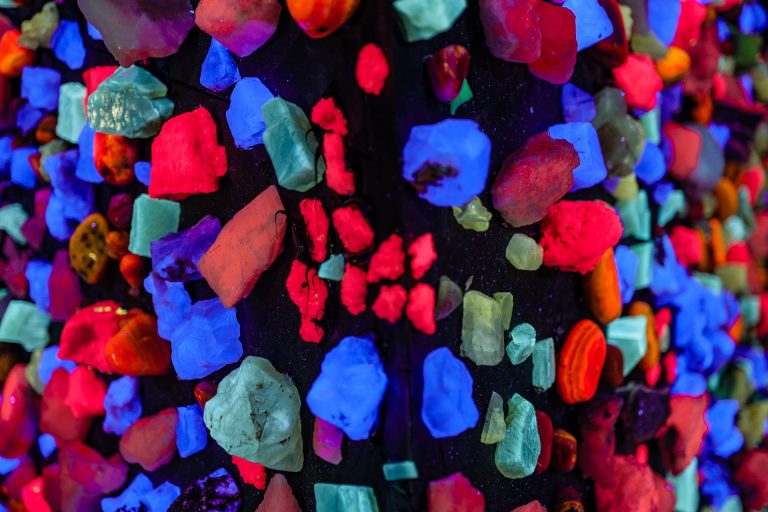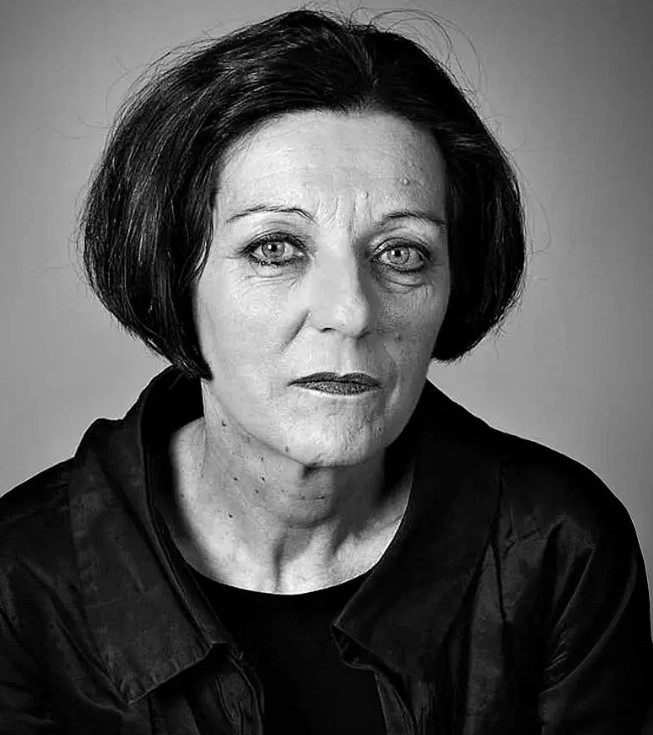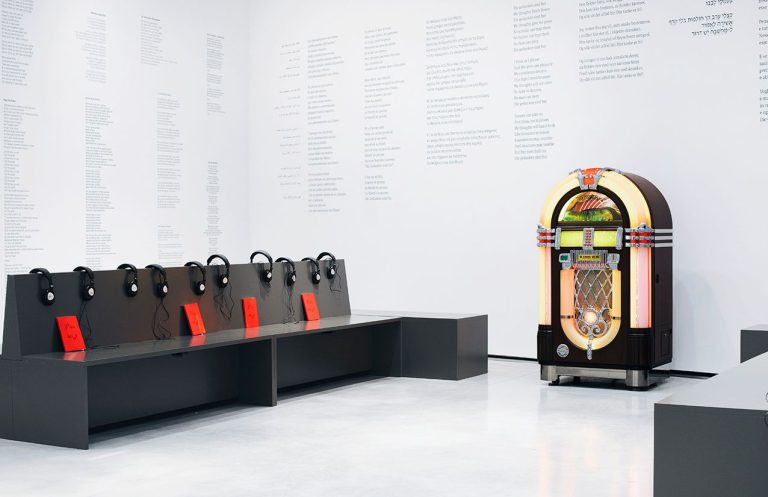Arnhem (Netherlands). At the exit of the exhibition “Art under the Third Reich. Seduction and distraction”, visitors to the Arnhem Museum are asked to respond anonymously and at length, if they wish, to these questions: “What lessons does this exhibition bring you? » ; “Can you consider art independently of the political context? » ; “Can you separate the art from the artist? » ; “Do you have the right to love this art? “.
This is not trivial, because the Netherlands suffered more from the Second World War than France. During the German invasion in May 1940, Queen Wilhelmina installed a provisional government in England while the country was administered by a Reich Commissioner, Arthur Seyss-Inquart. The same artistic policy is applied in both countries: ostracization of so-called “degenerate” artists and creation, on the same model as in Germany, of the Kultuurkamer (“Cultural Chamber”), which publishes a magazine and organizes an annual Salon in the House of Dutch Arts created for this purpose. Also as in Germany, the government purchases works in quantity from artists who have registered with the Kultuurkamer after having produced a “certificate of Aryanity”. This Nazi control of art, different from what happened in France, is a subject that the Dutch have been exploring for several years. In 2015, the Arnhem Museum presented an exhibition on works acquired by the State between 1940 and 1945.
The Führer’s choice
The one he is currently offering under the curatorship of Jelle Bouwhuis and Almar Seinen is devoted to the same subject in Germany. The 70 paintings and 12 sculptures selected were presented at the annual exhibition organized in Munich from 1937 to 1944, and for the most part purchased on this occasion by the German government, often after having been chosen by the Führer himself. They come mainly from the German Historical Museum in Berlin, from private collections and from the National Museum of the United States Army. This location is due to the confiscation of these works by the Americans during the occupation of Germany. From 1950 and mainly in the 1980s, the US Army returned around 8,000 objects to the German government, and kept 456 relating to the glorification of Hitler and Nazism. Committed to historical work, Germany has organized exhibitions of this official art since 1974 (90% of artists have registered with the Reichskulturkammer). Art which can also be presented in museum tours: thus, the triptych The Four Elements (before 1937) by Adolf Ziegler, Hitler’s favorite painter, until recently hung in the Museum of Modern Art in Munich.
One of the Arnhem Museum’s specialties is realistic art, particularly from the New Objectivity and Magical Realism movements, active in the Netherlands as in Germany in the first half of the 20th century. This “classicism” as the Nazis described it, which was defined as a return to order in opposition to the avant-gardes, was chosen as official art, which made it suspect after the Second World War: “Cancel culture was part of Nazi propaganda, explains a room text at the entrance to the exhibition. After the war, Nazi art was in turn ostracized, hidden and often lost for a long time. To what extent do these works of art reflect the Nazi mindset? What message do they convey? How could they be used as propaganda tools? Are works of art “good”, “bad” or “on the wrong side”? It’s up to you, visitors, to decide. »
Ancient Greece and deep Germany
The first room allows us to understand that if realistic art, that which appealed to the greatest number of people at the time, was a propaganda weapon used by the Nazis to spread their vision of the world, the style itself was indifferent. Pandora (1943), by Friedrich W. Kalb, was inspired by Botticelli; In the old town (1932), by Josef Wahl, is a genre scene heir to Biedermeier art while The Doge’s Marriage with the Sea (1942), by Karl Leipold, is reminiscent of Turner and impressionism. Further away, Morning letter (1944), by Oskar Martin-Amorbach, refers to Vermeer, and one room confronts two of the Nazis’ most respected painters, Willy Kriegel and Edmund Steppes, with completely different styles. The references to Greek antiquity were welcome because the Nazis considered ancient Greece – particularly Sparta – to be the first Aryan civilization. It was also necessary to represent deep Germany, the one that the urban melting pot had not perverted (Munich, anchored in Bavarian territory, was given as an example and opposed to cosmopolitan Vienna, hated). Men and women had to appear healthy, joyful and courageous, some at work, others looking after their children. Sculpture, very present in public spaces, played a major role in this area.
Military painting had a special place: art should prepare the people for war and give a positive image of military life. To show these propaganda works, the Wehrmacht organized artistic exhibitions in Germany and in the conquered countries. The power of the Reich was also to appear in the representation of major works such as highways.
“Do you have the right to love this art? »
During the war years, the iconography evolved. For example, during the economic crisis of the 1930s, women were encouraged to leave their jobs to allow men to take available jobs. The Nazi Party’s propaganda therefore focused on the family, with painters even taking up the iconography of the Virgin and Child. But when the fighting began to decimate the young men, fear arose that the birth rate would collapse. In painting, the woman then becomes an object of desire, in accordance with eugenics policy.
“Do you have the right to love this art? “, we are asked. We can admire the works of Kriegel, Steppes, Heinrich Ehmsen, Carl Busch and Ria Picco-Rückert, who compromised in various capacities with the Nazis. Nothing, however, can make us forget that these artists were on the “bad side”.







